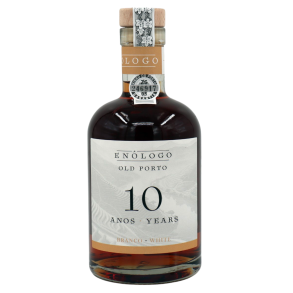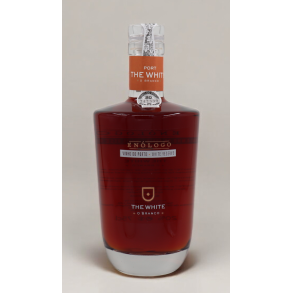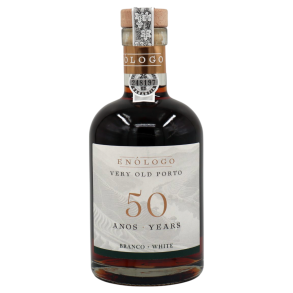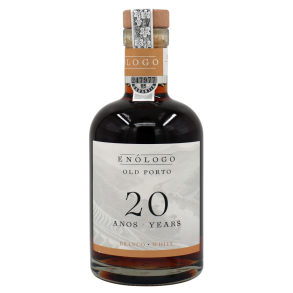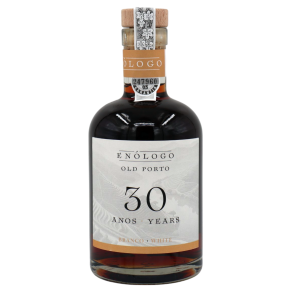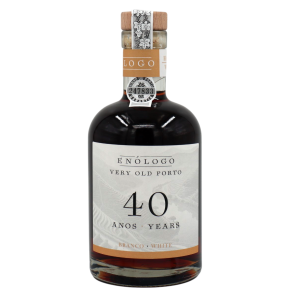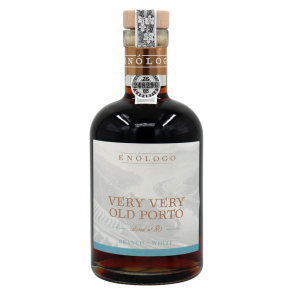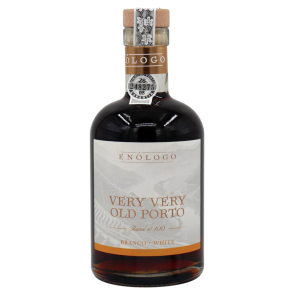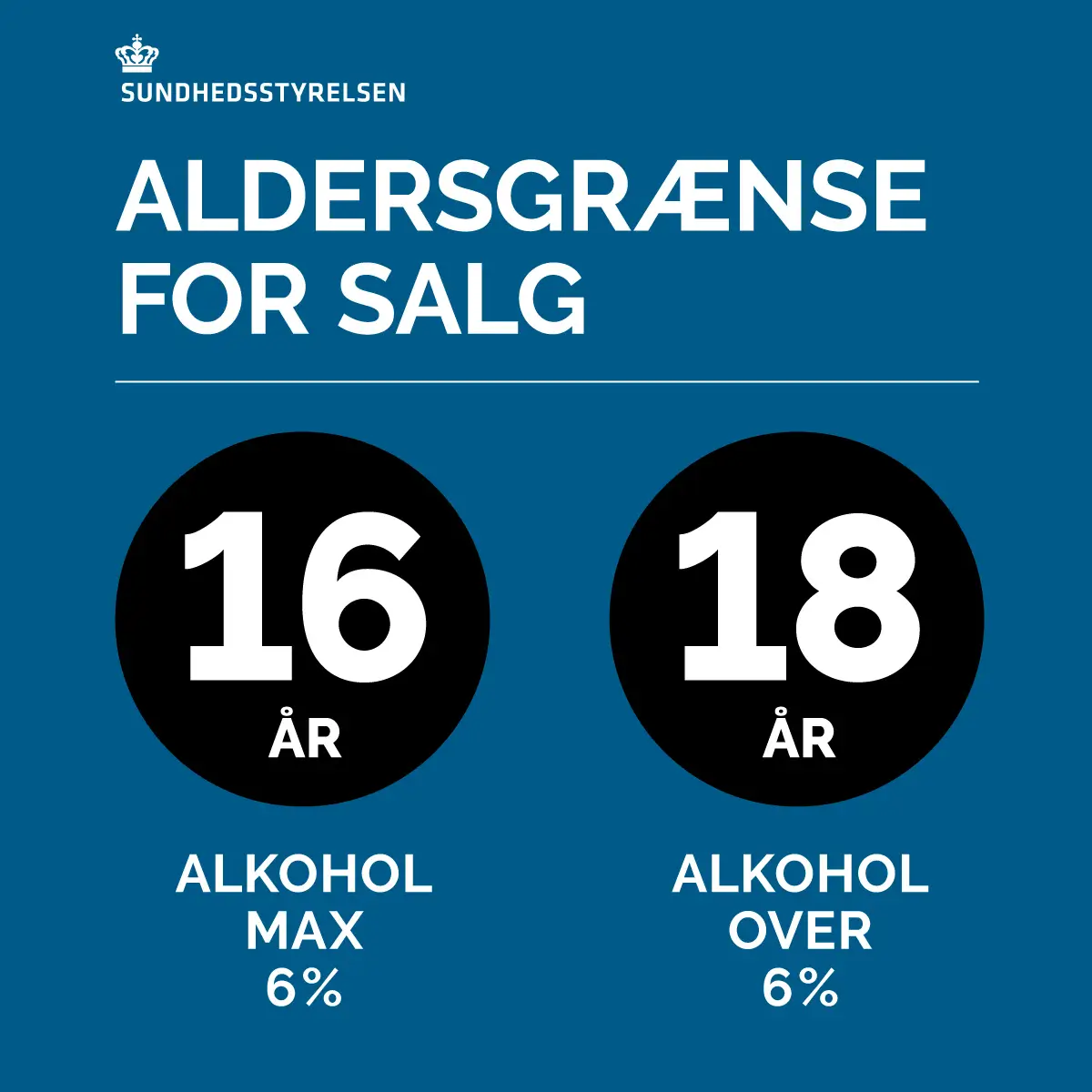White Port
In recent years, White Port has become a very popular product. White port is made just like a Tawny-style (barrel-aged port wine) and therefore falls under the same category as these, but the white ports are exclusively made from green grapes. The barrel aging and oxidation cause the wine not to be ‘white’ as we know it from, for example, white wine, but instead to have a lovely golden color. Most white ports actually become darker with age, which is the opposite of regular tawny, which tends to lighten as it ages.
Types
The quality of the blends and age categorization are identical to those for Tawny port made from red grapes, and we find types like Fine White, White Reserve, 10-year-old White, 20-year-old White, Very Old, Colheitas, and more. Additionally, among the white ports, there are also types such as Dry White and Semi-Dry White, which are a special category of dry wines made only from green grapes. The wines become dry through longer contact with the skins and stones, as well as fermenting the wine longer before adding aquadente.
White ports can be categorized into sweetness levels based on their sugar content:
- Extra dry < 40 g/l
- Dry 40-65 g/l
- Semi-dry 65-90 g/l
- Sweet 90-130 g/l
- Very sweet > 130 g/l
Taste
The green grapes are different from red grape varieties, and therefore contribute different flavor nuances to the wine. Often, the wines are fresher and fruitier than regular Tawny. In the youngest white ports, the freshness is often perfectly balanced with sweetness. Many aged white ports often have notes of various nuts, dried fruits, and flowers.
White ports can be used for many different occasions. They are a sure winner as an aperitif, work well with appetizers such as fatty fish, and their sweetness is a delicious accompaniment to dessert. They often benefit from being chilled. If you're adventurous, you can mix white ports with tonic water to make a Port Tonic.
Green Grapes
The most commonly used green grapes for port production are:
- Malvasia Fina: A subtle, full-bodied variety that brings notes of molasses and nutmeg.
- Gouveio: Offers apple aromas with vibrant acidity and a smooth texture.
- Viosinho: A low-yielding variety that adds structure and intense aromas.
- Códega do Larinho: An old Portuguese grape with low acidity and tends to have high alcohol.
- Moscatel Galego Branco: Offers aromatic lift through orange and apricot characteristics, important for white port.
- Rabigato: Adds refreshing acidity to the blend.
What is White Port?
White port is a type of port wine made from green grapes. The color is typically white, greenish, or golden, but white port darkens over time. The taste of white port has nuances of dried apricots, citrus, almonds, and honey, but the flavor can also change slightly with age. White port is categorized into sweetness levels based on its sugar content—and of course, also by age/type.
How is White Port Made?
White port is made exclusively from green grape varieties. The port wine is made by producing a wine and stopping fermentation by adding grape spirit when the alcohol content reaches 5-9% after three days. This preserves some residual sugar in the wine, and the sweetness level depends on when fermentation is stopped. The wine is then aged in wooden barrels of varying sizes and exposed to air. The barrel aging and oxidation cause the white port to darken, so it doesn't have a clear 'white' color like white wine, but rather a golden color.
What Do You Drink White Port With?
White port can be enjoyed with various types of dishes depending on the sweetness level of the port. Sweet ones are great with desserts, such as chocolate and caramel. White port is also delicious with a cheese board and dried apricots.
Medium-dry white ports are suitable for various soups or as an aperitif, while a dry white port pairs wonderfully with shellfish or smoked fish—or in a tonic water with mint and lime.
White ports are great to drink right away, even if they have been aged for many years.

